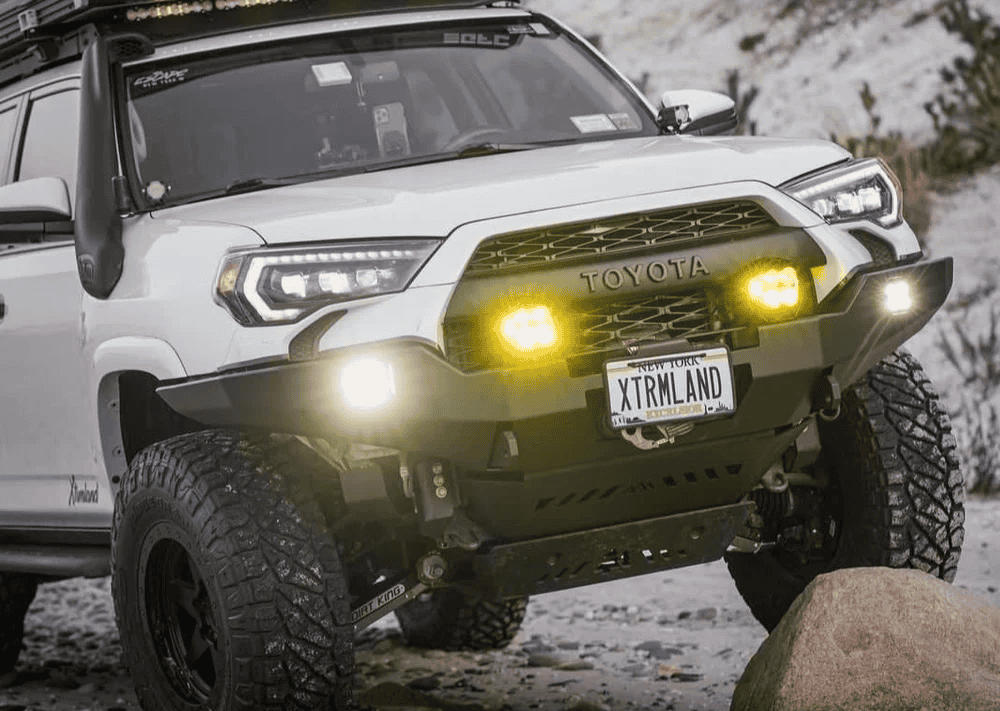Overland Vehicles

A 4x4 overland camper is built to travel comfortably where the map turns gray. It combines a true four wheel drive system, ample ground clearance, protective armor, and a living space that can operate for days without hookups. Unlike a soft road crossover, a capable build relies on low range gearing for slow control on steep grades, plus tires and suspension chosen for mixed terrain. Inside, insulated walls, heat and ventilation, potable water, and a reliable electrical system keep you off the grid without sacrificing sleep or safety.
Drivetrain matters more than raw power. Low range reduces driveline stress and lets you crawl without riding the brakes. Front and rear locking differentials improve traction when a tire lifts, while traction control can help on loose climbs. Suspension should target load support and control, not height alone. Choose springs and dampers that match your final weight, then pair with all terrain tires sized to preserve gearing, braking, and fender clearance.
Modern overland camper van systems revolve around lithium batteries sized by daily consumption. Calculate watts for fridge, induction cooktop, fans, and charging, then multiply by hours of use to find amp hours needed. Solar is great for top offs, but alternator charging remains the workhorse on travel days. A quality inverter charger, DC to DC charger, and proper wire sizing are essential for efficiency and safety. Add a battery monitor so you always know state of charge at a glance.
Platform selection shapes everything. Popular choices include diesel and gas cargo vans with factory four wheel drive or all wheel traction coupled with low range conversions. Body length, roof height, and payload ratings determine layout options and how much gear you can carry without overloading. Aim to keep heavy items low and between the axles. Insulation and vapor control reduce condensation, while roof fans and opening windows manage airflow. For cold weather, pair a sealed combustion heater with adequate ventilation and a carbon monoxide alarm.
Start with your sleep style and storage needs. A fixed bed speeds camp setup, while a convertible bed opens space for daily use. Keep water, batteries, and spares low to stabilize the ride. Use locking drawers and positive latches so cabinets stay closed on corrugations. Recovery gear should be easy to access, not buried under luggage. Fire extinguishers and first aid kits should be mounted where you can reach them from inside and outside.
A practical overland camper van carries enough fresh water for at least two days with a quick fill option. Inline filters help when you top off from uncertain sources. Diesel or gas air heaters sip fuel and keep moisture down. For cooking, induction is clean and quiet if your battery bank supports it, while portable stoves shine for quick roadside meals. Plan ventilation to handle steam and smoke, and protect nearby surfaces from heat.
If you are browsing 4x4 camper vans for sale, set criteria before you tour rigs. Document service history, check for frame or body rust, and inspect driveline seals. Evaluate the conversion as its own system. Look for tidy wire runs, proper circuit protection, and labeled panels. A well planned overland camper van will have balanced weight, accessible service points, and thoughtful airflow around appliances. When comparing 4x4 campervans for sale or a campervan 4x4 for sale, test drive with the full build weight and listen for suspension top out or driveline vibrations. If a listing says off grid 4x4 camper van for sale, verify battery age, inverter capacity, and charging sources match the claims. Shoppers who are price conscious sometimes consider suv campers for sale, which can be smart for shorter trips and lighter loads, but cargo volume and payload limits change your packing list and travel pace.
Oversized tires look tough but can hurt braking and acceleration. Pick a diameter that keeps engine rpm in the sweet spot and fits without trimming key body structures. Inspect brake pad life and rotor condition since heavy builds stress the system. If the rig tows or climbs frequently, consider gearing changes paired with a matched tire size for drivability.
Open every cabinet, flip every switch, and run each system for at least ten minutes. Confirm the fridge maintains temperature, fans change speed, and the heater cycles properly. Turn on high draw items together to test voltage sag and inverter capacity. Fill and drain the water system, then inspect for leaks at push fittings and pump connections.
When you are ready to go from research to reality, a tailored build removes guesswork. Explore Overland rigs for ideas on suspension, armor, power, and storage tuned to real trails. If you already own a van and want targeted upgrades, our custom overland upfit process refines drivability, power systems, and interiors without starting over. New to our shop. See how we design around actual travel patterns at Why choose OZK Customs.
Tell us about your routes, seasons, and passengers. We will map a balanced 4x4 van conversion that stays comfortable off grid, drives predictably on highway, and is simple to service on the road. Share your trip goals and let us build a rig that makes remote miles feel easy.
Ready for a purpose built overland van that works on day one. Tell us how you travel and we will spec the chassis, suspension, power system, and living layout to fit your routes. Share a few details and our team will price options and timelines so you can plan your pickup and first trip with confidence.
ADDRESS:
6159 E Huntsville Rd, Fayetteville, AR 72701
PHONE:
(479) 326-9200
EMAIL:
info@ozkvans.com